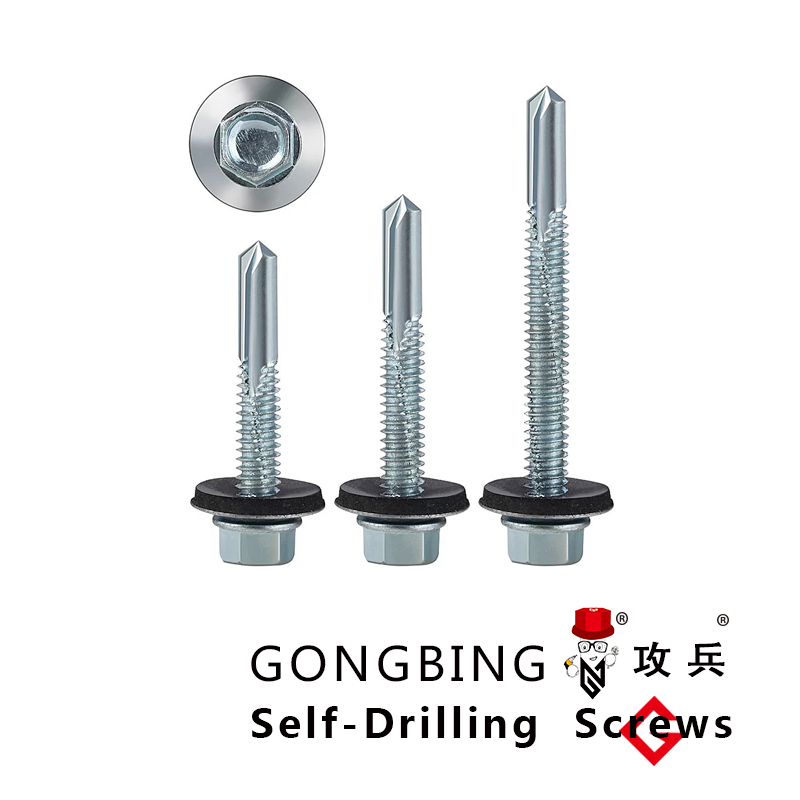types of bracing in steel structures
Types of Bracing in Steel Structures
Bracing is an essential aspect of structural engineering, particularly in steel structures, where it enhances stability, increases load-bearing capacity, and ensures safety against lateral forces such as wind and seismic activity. This article outlines the various types of bracing used in steel constructions, analyzing their applications and advantages.
1. Diagonal Bracing
Diagonal bracing is one of the most common methods employed in steel structures. This system consists of diagonal members that connect vertical and horizontal elements, forming a triangular configuration. The primary function of diagonal bracing is to provide lateral stability; it effectively converts lateral loads into axial forces within the braces. This type of bracing is efficient and economical, making it suitable for a range of applications, including industrial buildings, warehouses, and bridges.
2. X-Bracing
X-bracing is a specific form of diagonal bracing where two diagonal members intersect and form an 'X' shape within a rectangular frame. This configuration is particularly effective in distributing loads evenly across the structure. X-bracing can be used in both tension and compression, providing excellent resistance to lateral forces. It is commonly seen in high-rise buildings and towers, where wind shear is a consideration.
3. K-Bracing
K-bracing is characterized by diagonal members that extend from the midpoint of vertical members to the top and bottom chords of the structure, forming a K shape. This system offers some of the benefits of both diagonal and vertical bracing while optimizing material use. K-bracing is often employed in applications where vertical clearance is crucial, such as in transportation structures and certain athletic facilities.
types of bracing in steel structures

4. Single and Double Brace Systems
In single brace systems, one diagonal member is used between two vertical members, while double brace systems utilize two diagonal braces forming an 'X' shape. Single braces are advantageous for simpler structures with lower load demands, while double brace systems provide enhanced stability and strength, particularly in taller or more complex configurations. Both systems are commonly used in buildings, towers, and other steel frameworks.
5. Portal Frames
Portal frames consist of vertical columns connected by horizontal beams, with bracing incorporated to enhance stability. This type of bracing is typically used in large structures such as warehouses, aircraft hangars, and garages. The combination of vertical, horizontal, and diagonal elements ensures that the structure can withstand both vertical and lateral loads.
6. Braced Frames vs. Moment-Resisting Frames
While braced frames rely on bracing for lateral stability, moment-resisting frames utilize rigid connections to maintain the stability of the structure. Both systems have their merits braced frames are generally lighter and more economical, making them suitable for low to mid-rise structures, whereas moment-resisting frames offer greater flexibility in design and are often favored in high-rise buildings due to their ability to resist lateral loads without the use of additional bracing.
Conclusion
In conclusion, the type of bracing selected for a steel structure significantly influences its overall performance, safety, and design integrity. Each bracing system has its strengths, and the choice depends on factors such as the specific load requirements, architectural aesthetics, and environmental conditions. By understanding the different types of bracing, engineers can make informed decisions that enhance structural robustness and resilience, ultimately contributing to safer and more sustainable construction practices.
-
Weatherproof Plastic Expansion Anchors for OutdoorNewsJun.06,2025
-
Sustainability in the Supply Chain: Eco-Friendly TEK Screws ProductionNewsJun.06,2025
-
Load-Bearing Capacity of External Insulation FixingsNewsJun.06,2025
-
Double Head Bolts: Enhancing Efficiency in Industrial MachineryNewsJun.06,2025
-
Corrosion Resistance in Chipboard Screws: Coatings for Wholesale DurabilityNewsJun.06,2025
-
Butterfly Toggle Bolts : Enhancing Structural ResilienceNewsJun.06,2025
